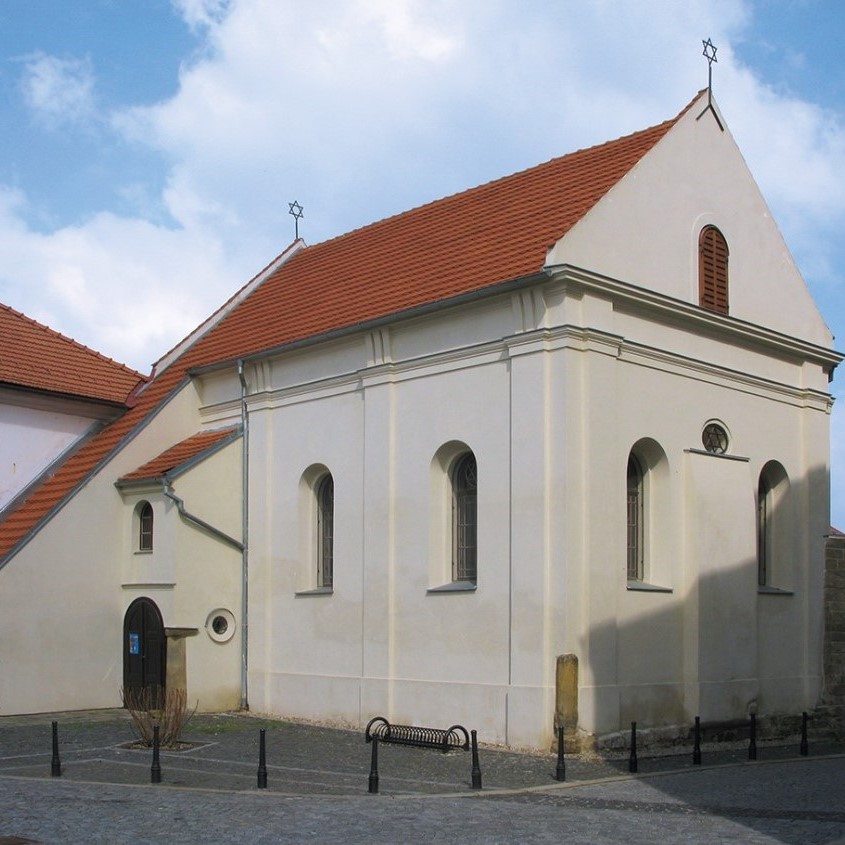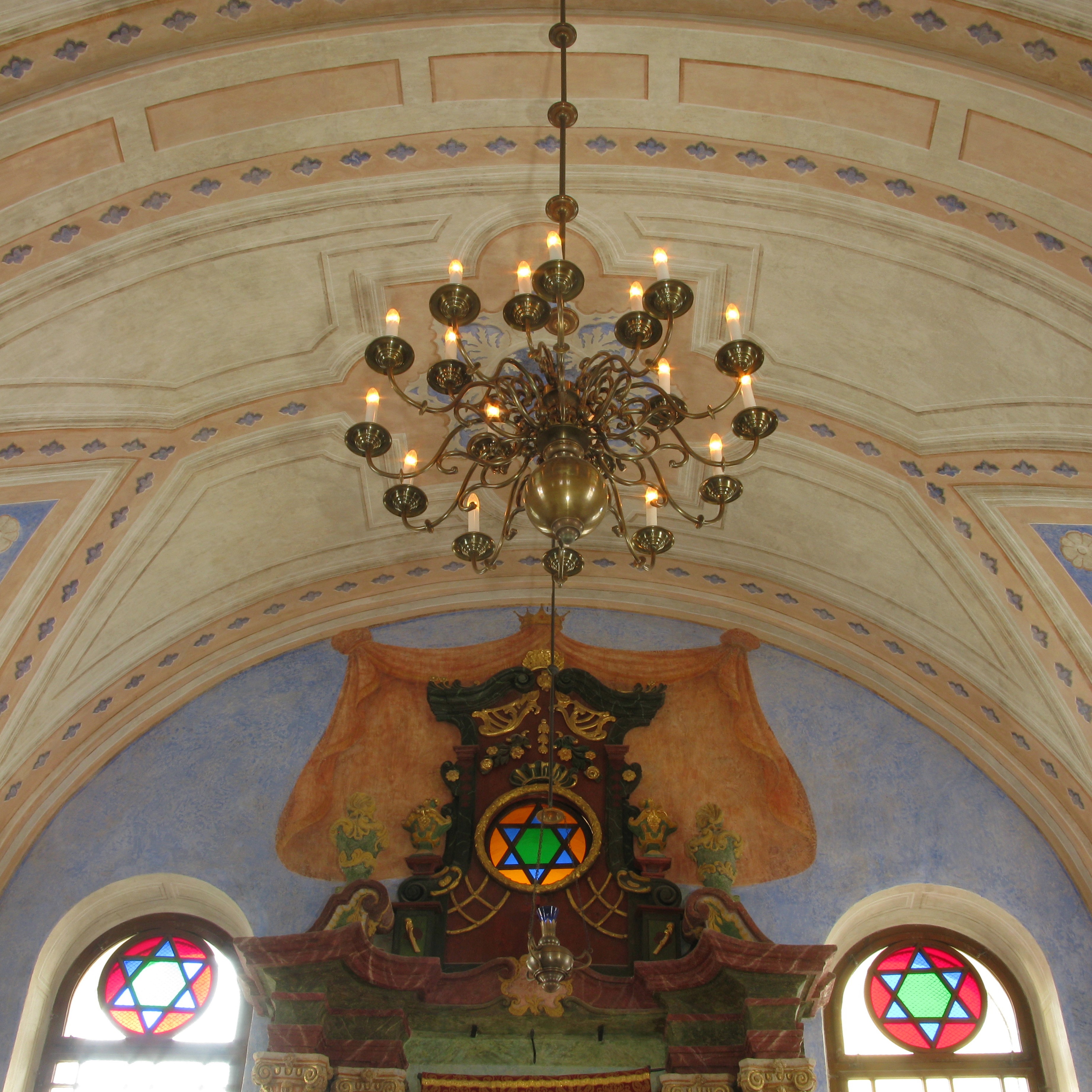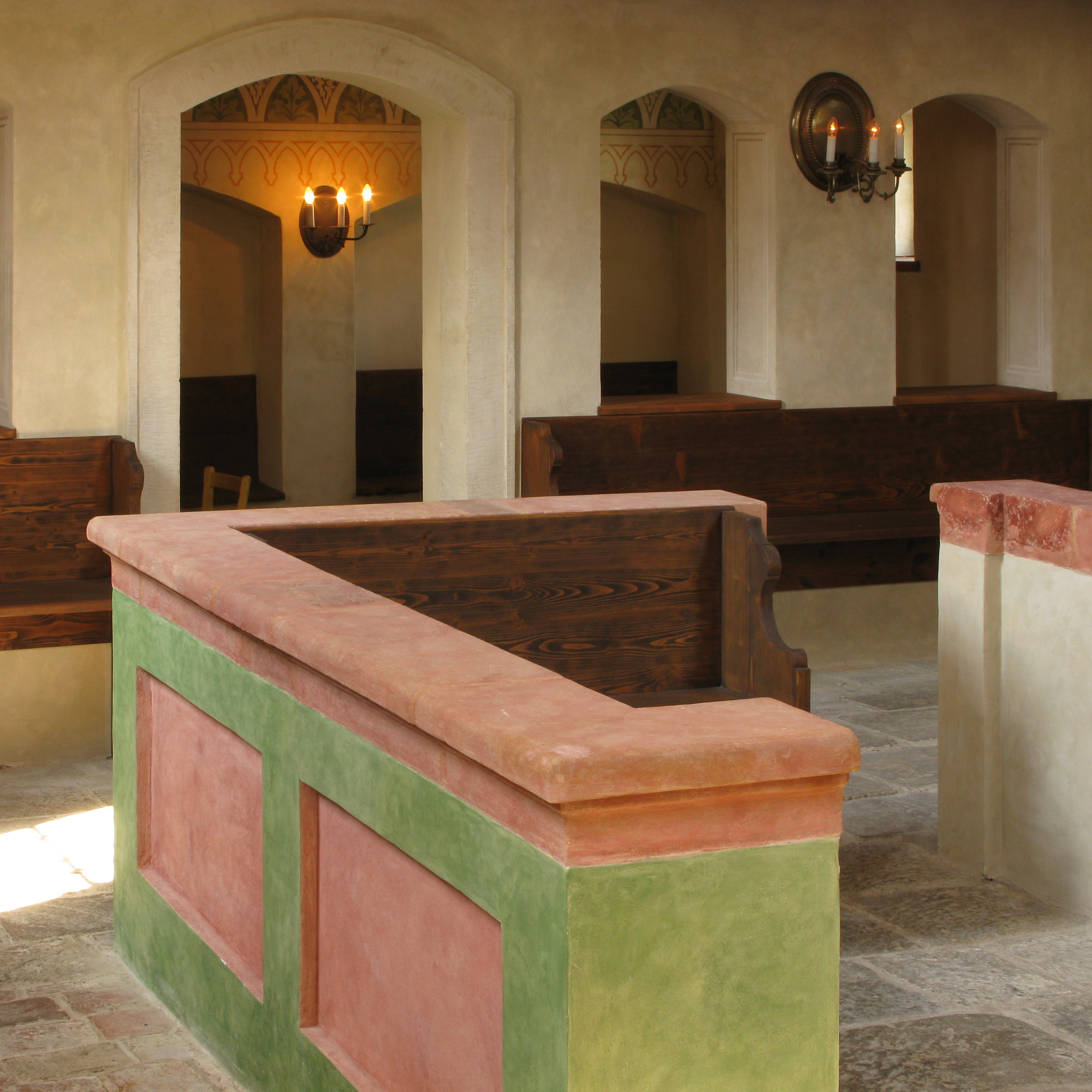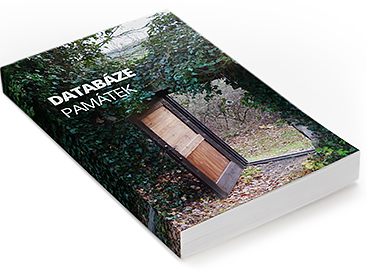
Synagogues
Over the past centuries, hundreds of Jewish communities and synagogues were established in the Czech lands, serving as important centres of Jewish life, culture, and education.
In the following decades, however, most of them were destroyed due to fires, religious intolerance, expulsion, or war conflicts. Moreover, with the equalisation of Jews in the mid-19th century, many rural synagogues were being abandoned and demolished or rebuilt for accommodation or agricultural purposes. Nevertheless, the destruction of most Jewish communities and synagogues was caused by the Shoah genocide, during which Jews were deported from the Czech lands into concentration and extermination camps, where most of them died.
Many of these old synagogues were also significant architectural heritage sites and valuable evidence of the development of artistic styles and the work of local architects and artisans. The appearance of the synagogues was contingent on the character and size of individual communities, many of which built – often despite the disfavour of religious and secular authorities – their synagogues with years-long effort and number of victims. Although the artistic and architectural style of the synagogues is, in most cases, erased with later reconstructions, they nevertheless provide us with a unique insight into the authentic living spaces of traditional Jewish communities.
After the mass killing of the Jewish people during the Shoah, there were 300 unutilised synagogues in the Czech lands. Many of these were demolished in the following years due to their disrepair. At the same time, other synagogues lost to new urban planning during the modernisation of historical city centres, etc. During the Communist regime, more than 105 synagogues were demolished, among which were many valuable historic buildings.
Until recently, all these heritage sites, scattered around Czech and Moravian towns and villages, seemed destined for devastation, gradual ruination, inevitable demolition, and oblivion. After 1989, however, some of them were returned to Jewish communities and with the extensive support of the Federation of Jewish Communities in the Czech Republic and other Jewish communities in Prague, Brno, Olomouc, or Pilsen alongside numerous institutions and organisations, they were renovated and made accessible to public for cultural and education purposes.
To this day, more than 200 synagogue buildings have survived in the Czech Republic, but only six of them serve the services of Jewish religious communities in Prague, Brno, and Pilsen. A total of 35 synagogues were given to the Czechoslovak Hussite Church and the Evangelical Church of Czech Brethren after the war, protecting them, thus, against demolition. In 25 synagogues, there are expositions and museum depositories; in the other 25, there are cultural facilities such as libraries, concert and exhibition halls or cinemas. At least 48 synagogue buildings were adopted for accommodation purposes; in 30 synagogues, there are storage spaces or spaces used for educational, administrative, healthcare and production purposes.
However, the development of synagogue buildings in the Czech lands is not finished. In 1997-2000, a new prayer room was built as part of the Regional Scientific Library in Liberec, replacing the burned-down synagogue.
In 2014, the Revitalisation of Jewish Historic Buildings in the Czech Republic finished its Ten Stars project, which the European Fund for Regional Development financially supported. The project successfully rescued and renovated fifteen significant historic buildings in ten locations in the Czech Republic.
Source: Vývoj synagogální architektury v českých zemích, Arno Pařík. Texts from the permanent exposition in the synagogue of Nová Cerekev. More information on the website of the Ten Stars project.
The book Brány spravedlivých by Jaroslav Klenovský and Ludmila Hájková, published in 2012, provides a basic overview and study of synagogues in the Czech Republic.







